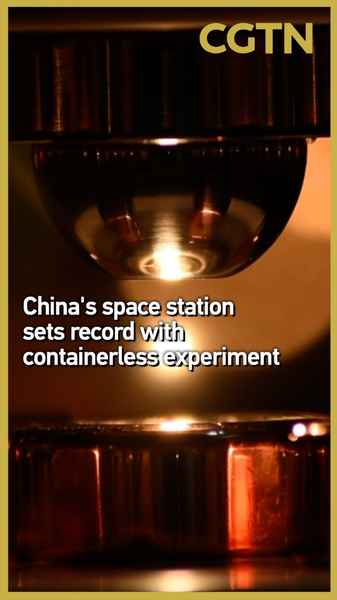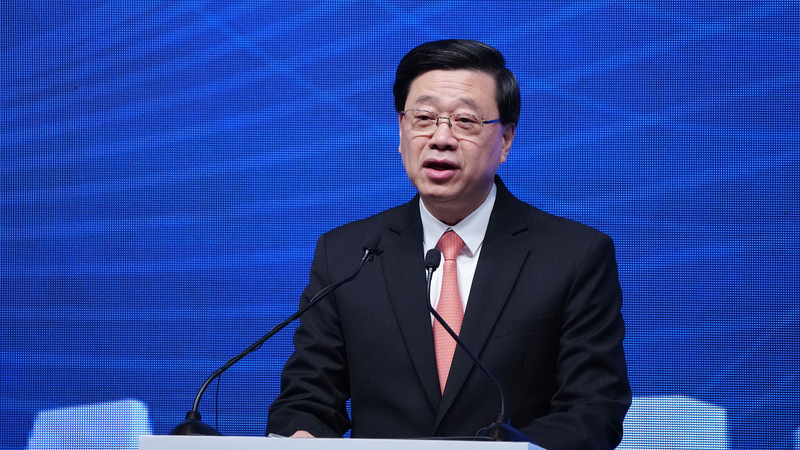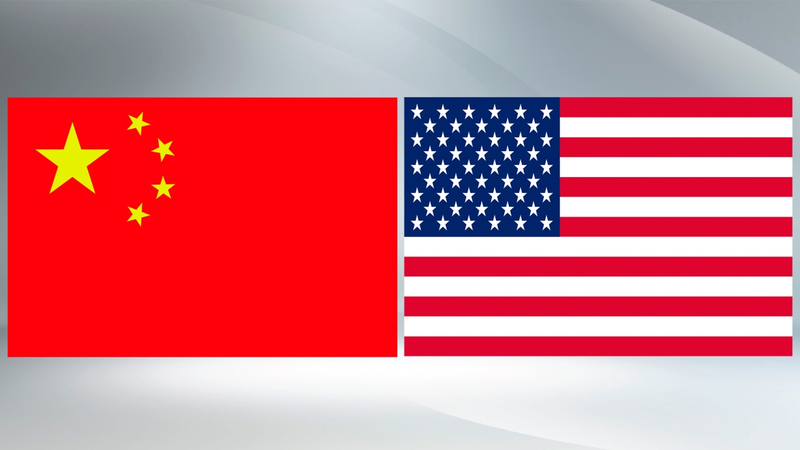Ever wondered what happens when you crank up the heat in space? 🤔 China’s space station just melted a tungsten alloy at over 3,100°C—nearly half as hot as the Sun’s surface! 🌞
This sizzling experiment ran inside a container-free material science lab aboard the Tianhe core module. Thanks to microgravity, the team could use electrostatic levitation (think magnetic force fields) to float tiny tungsten samples—no messy containers needed. 💫
On Earth, tungsten’s crazy density makes it clump unevenly when mixed with other elements. But in orbit, it forms perfectly uniform alloys, unlocking next-level performance for extreme environments. We’re talking rocket engine parts, nuclear fusion reactors, and more. 🚀⚛️
Professor Hu Liang and the ground crew from Northwestern Polytechnical University prepped their electrostatic levitation device through tons of lab tests before sending it up. Their in-orbit + on-ground collab not only smashed the world record but also gathered vital data to design ultra-heat-proof materials of the future. 🔥✨
What’s next? These insights could boost safety and efficiency in aerospace and energy tech—maybe even for future moon or Mars missions. Stay tuned as we push the limits of materials science higher than ever! 🌕🔭
Reference(s):
China sets record with 3,100°C tungsten alloy heating in space
cgtn.com




